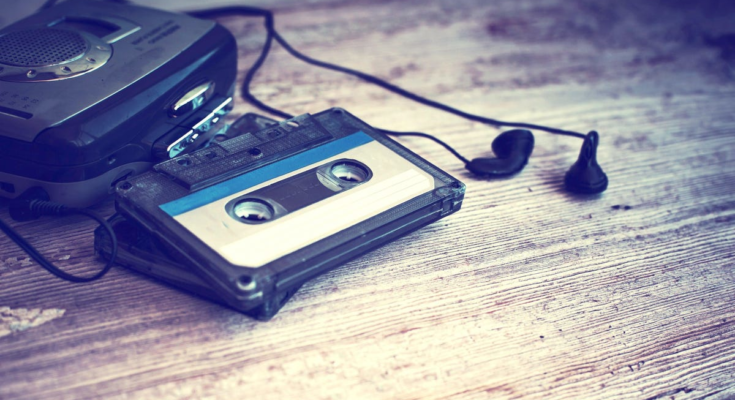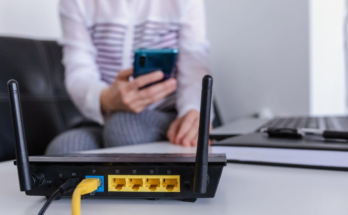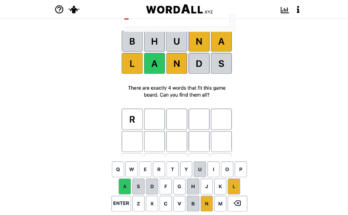
Do you struggle to express yourself with words? Consider turning to the one universal language we all share: emo playlists. I believe we, as a society, waste time trying to show off “aesthetic” music tastes. Instead, we should spend more time creating emotionally-charged, hyper-specific playlists. What’s more, we need to overcome fears of looking corny and start making these playlists with our friends, families, lovers, enemies, and any other special someone who knows how to use the collaboration feature on Spotify.
What makes a “good” playlist
I’m tired of pretending like playlists need to do anything other than transport me to childhood memories, tragic breakups, and epic reunions (real or imagined). For me, a good playlist can be as simple as twenty different acoustic covers of Taylor Swift’s “All Too Well.” This paragraph took fifteen minutes to write because I had to pause and close my eyes for the full emotional impact of that bridge, again and again.
While Spotify’s “blend” feature is nifty for finding your shared taste in music, don’t sleep on the special intention that goes into manually collaborating on a playlist. There’s a lot of power in unlocking shared memories through song. Besides, I am beyond caring about whether my Spotify Wrapped looks “cool;” I lost that battle the year I was in the top 0.1% of listeners of Lin Manuel Miranda.
I’m not alone in my case for the emotional collaborative playlist: Science is on my side. Music is a tool to spread “emotional contagion,” which Psychology Today refers to as one of the ways that simply perceiving an emotion through music can induce the same emotion in the listener. Equipped with this knowledge, the logical thing for you to do is create a shared playlist that smacks your loved ones in the face with powerful emotions.
G/O Media may get a commission
Music brings people together
Music has a unique ability to connect us, and that doesn’t stop just because someone isn’t with you in person. In a piece for WIRED, journalist Amy Paturel wrote about the power of a collaborative playlist to connect her family with her late father. To get the playlist started, Paturel asked her family members two questions: “Which songs remind you of Dad?” and “Do you have a specific memory tied to each song on your list?”
As a part of her research Paturel spoke with anthropologist and Boston University professor Luke Glowacki, who explains how “music taps into the emotional center of the brain, and it’s strongly associated with memory. If you hear a piece of music, you can pull up the emotions, the effect you had from other times in your life when you heard it. It’s an immediate sensory response in a way that spoken language is not.” Paturel also cites studies like this one published in American Psychology, which suggests that “music serves as a powerful tool to bolster social connections, even when people are physically distant.” Simply put, music brings people together.
Tips for elevating your playlist
Let’s go on a journey. Specifically, let’s go on a flight, according to this tip from Bobby Carter, an NPR Tiny Desk producer about how to structure your playlists like a flight:
Generally speaking, a plane takes off, stays in the air for a bit, and then gently comes down. That’s the arc you want to build your playlist around. Think about what role each song on your list performs, and from there it’s a simple matter of arranging and connecting the dots. Having this structure in mind can help inspire more song picks, too, as your music brain will start slotting in different songs into different spots.
I want to focus on the bit of advice about what role each song on your list performs. The next time you’re about to name a playlist “mood” or “vibe,” I challenge you to actually articulate the mood or vibe. Nostalgia? Yearning? Unrequited love? (No, I’m not going through anything, why do you ask)?
My idea is to brainstorm a theme or guiding question for your playlist (like Paturel’s “Which song reminds you of Dad?”). Here are some super obvious thought-starters:
- getting in a time machine and hugging my childhood self
- discovering the love of your life was right in front of you the whole time
- sticking your hand out the window on a cross-country road trip in a stolen car with an unlikely group of heroes that are all your closest friends
- if you don’t play these songs at my funeral, I will return to haunt you
- the moment when you realized your parents were human beings with flaws, too, and that you can’t expect perfection from people
- this heartbreak is fictional, but our feelings are real
- pre-game jams
Again, these are just some ideas off the top of my head. Ultimately, the shared playlist is about connecting with someone you care about and unlocking memories specific to you. So go start that text thread and strap in for a roller coaster of emotion. Because that is definitively, objectively what music is all about.
How to start collaborating on your playlist
Different from the algorithmic “blend” feature, making a collaborative playlist requires you to manually select the songs. The collaboration feature is available across a range of streaming services. Here are Spotify’s instructions to make a collaborative playlist:
- Select the playlist you want to collaborate on (keep in mind you can only do this for playlists where you’re the owner).
- Tap the Add user button in the header to make the playlist collaborative.
- Start inviting others to add songs and podcast episodes on social media, messaging apps, or simply by copying and pasting the link.
And finally, one last hack for those of you still concerned with looking cool: Stick to lowercase playlist titles. For whatever reason, this sort of highly curated nonchalance is what the teens are doing, and we have to trust our teens, because if we don’t trust our teens, how will we know when we’re cringe?
Happy listening, and more importantly, happy feeling.



